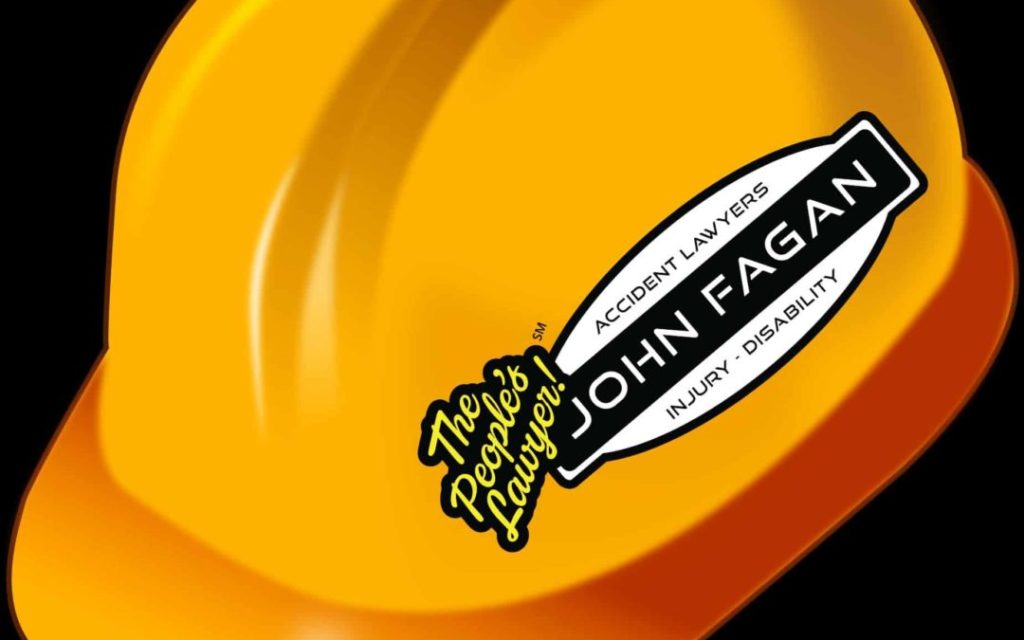Whether on a small project for an individual homeowner or for a major commercial development, construction work can quite dangerous. Indeed, on a daily basis construction workers must deal with some of the most dangerous working conditions faced by employees in any industry. As a result, serious work-related injuries at construction sites occur with an unfortunate frequency. Regulations, specifications, inspection requirements, and job safety programs all seek to prevent construction site accidents and promote safety awareness on the part of all parties involved in a construction project.
Construction Accidents are Common
Despite these important efforts to deal with the challenge of construction site safety, accidents occur and will undoubtedly continue to occur, due to both the nature of the work itself and the variety of hazards faced by construction workers. These hazards can include falls from scaffolds and other elevations, being struck by moving or falling machinery, electrocution, health hazards resulting from exposure to asbestos and chemicals, injuries caused by defective or unreasonably unsafe equipment, and lifting and repetitive motion injuries.
Construction Accidents can be Complex
If you or a loved one has been injured as a result of a construction accident, the first step in your legal recovery is to meet with a skilled construction attorney to discuss the situation. Issues in your potential case, including compliance with occupational and site safety standards and regulations, engineering issues, and liability and indemnity determinations, all require that your claim be handled by an attorney who is experienced in the area of construction accident liability.
OSHA Safety Regulations
Safety regulations under the Occupational Safety and Health Act of 1970 have been adopted by most states in some form, and these regulations apply to work done at construction sites. The issue of who is responsible for ensuring compliance with OSHA regulations (i.e. general contractor or sub-contractor) often turns on who was in control of the job site or job activity when the injured employee was hurt. The legal effect of a violation of OSHA regulations will vary, depending on the state in which the construction injury took place. In certain jurisdictions, if it can be shown that an OSHA regulation was violated and an injury resulted, nothing more need be proven to establish that the liable party was negligent.
OSHA regulations are not the only legal standards to which a property owner, general contractor, or sub-contractor may be held in determining liability for a construction accident. Often the property owner or general contractor will have his or her own set of safety rules, either generally applicable or specific to the construction project at hand, designed to protect those performing work on the project. Violations of these regulations may serve to support a claim for a construction accident. See OSHA FAQs for more information.
Getting Help with a Construction Accident Injury
If you have been injured as a result of an accident at a construction site, there are a number of things you can do to protect yourself and your legal rights:
Get medical attention for your injuries.
Report the injury to your employer and/or construction site manager, and note the name and position of the person notified.
Get the names and contact information of anyone who may have witnessed the accident.
If possible, try to preserve any evidence related to your injury, by taking photographs of the area where you were injured (and the injuries themselves), or keeping the equipment or tool that was involved in your injury.
Get a Free Initial Claim Review of Your Construction Injury
Your next consideration should be to find an attorney to help you evaluate your potential claim. More often than not, your case can be won or lost based on the work done before it ever goes to trial, depending on the results of the investigation and fact-finding that your lawyer will undertake on your behalf. Fortunately, you can have an initial claim review by a qualified attorney free of charge.






